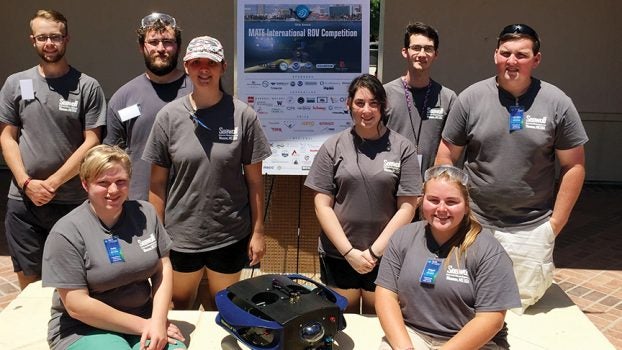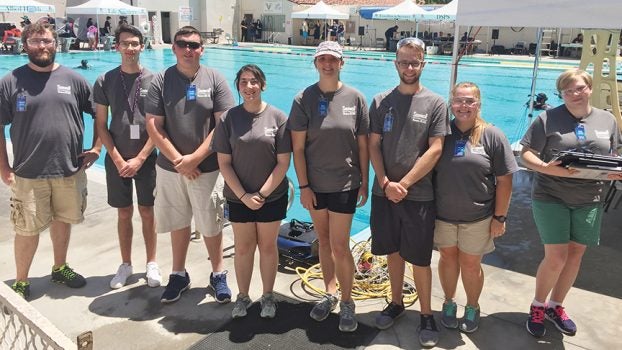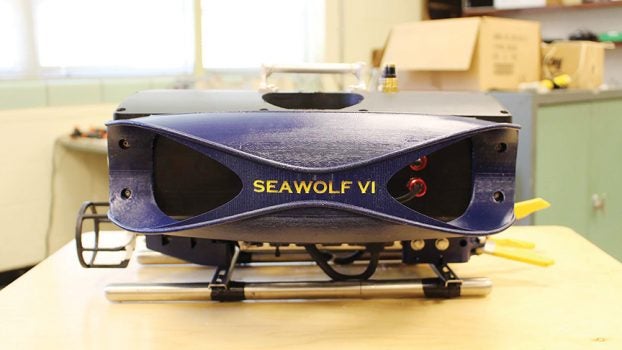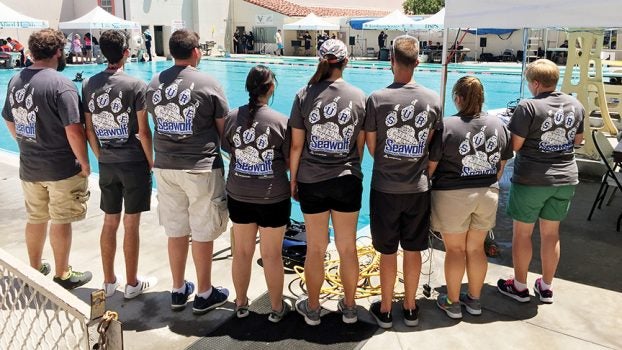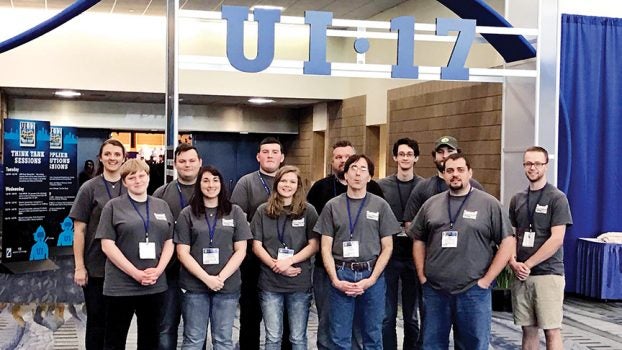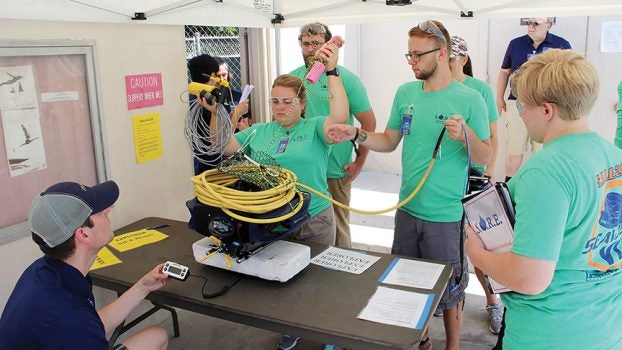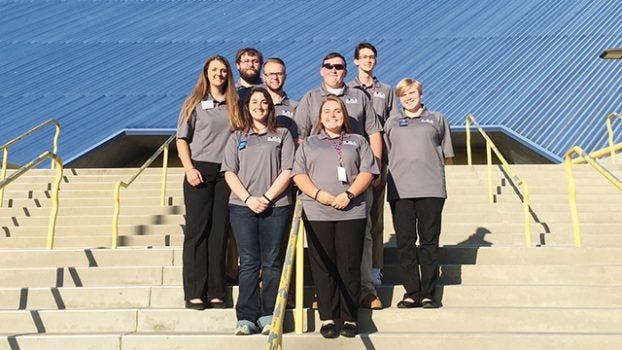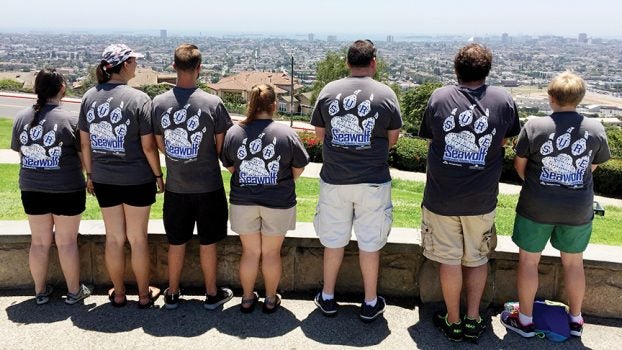Co-Lin makes a splash with robotics
Published 9:51 pm Friday, July 14, 2017
Story by JoAnna Sproles
A group of students from Copiah-Lincoln Community College has made underwater strides recently at a national competition again, for the fifth time in a row, placing in the top ten among competing teams from around the world.
The community college’s team — called the Seawolves — have made their mark at the Marine Advanced Technology Education International Remotely-Operated Vehicle Competition placing ninth at this year’s competition in Long Beach, California. The students were up against teams from all over the globe, including India, Indonesia, Norway and Turkey.
Students were challenged to build an underwater robot that could complete tasks while submerged within a limited amount of time. Their robot, named Seawolf VI, was also judged on its marketability, technical documentation and presentation as a product. This robot was the third one for team leader and student Reginald King, of Wesson, to help complete — after around 400 design sketches. He said the building of the robot is just one part of the entire challenge.
“We are tasked with designing, building, marketing and selling an underwater robot. This project is much more than just the technical side of building a robot,” King said. “So, I think this ties directly into career paths and giving the involved students of our program a look into each field they may not see otherwise.”
Team co-founder and Co-Lin electronics instructor Carey Williamson said the completion of the project is just one aspect. There is also a timing component.
“It’s not only the difficulty of the tasks but also the quantity of tasks to complete in only 15 minutes,” said Williamson. “It’s all about the students and what they learn.”
In fact, instructors are not allowed to participate in
the competition to
assist students. The team must employ their combined skills in electronics, engineering, drafting and marketing outside the classroom.
Williamson said students must prepare a business model, write a 26-page technical paper, create a tri-fold sales poster and present a 15-minute sales presentation to a panel of engineers in the field.
“We must pull students from many majors just like you may find in an actual business to form the team,” he said. “Pre-engineering, business, English, electronics, drafting and design and precision machining are the usual majors that we pull from. They learn to work with many other trades and majors to complete the ROV.”
Mary Beth Thornton, one of the team members from Brookhaven, wants to graduate in the field of biology, specifically botany, and someday teach on the college level. Thornton said one of the key lessons learned from building and competing with the robot is patience.
“It takes a while for a finished product to come together, and after it comes together, it sometimes has to be modified multiple times before it is deemed ready for presentation,” she said. “I’m not just one person meant for one job. I’m part of a team that works together tirelessly to create the envisioned product Seawolf VI. Participating in robotics competition has allowed me to learn that I can truly do anything I set my mind to.”
King said the competition offers a never-ending lesson on problem solving. Each team member faced his or her own challenges within their area of the project and everyone successfully pushed forward.
“Each member did a fantastic job of working through issues by bonding and learning to work with each other to get the job done,” King said.
Thornton said she enjoys the camaraderie found inside the classroom, but also outside at competition. Each team attending the competition visits with one another and asks about projects and their designs. Everyone is executing toward an end result with a common goal.
“The competitions that I’ve attended, like that of the International MATE ROV competition with the
Co-Lin Seawolves, have allowed me and my fellow students to learn many useful skills and to witness the vastness of the robotics industry,” she said. “Competitions like these allow students from literally all over the world the opportunity to come together with a common goal in mind, though competitively, and work alongside each other to get the job done.”
King, who plans to attend Mississippi State University and major in engineering, added that the class itself, along with the competitions, is giving students the life skills they need even outside the realm of robotics.
“Students are learning skills needed to succeed, such as troubleshooting, teamwork and public speaking,” King said.
Looking to the future, Williamson said several previous team members have gone on to work for ROV companies like Sea Trepid and Oceaneering.
Thornton pointed out that the robotics industry is becoming more and more prominent in today’s world. She said that the use of robots can be found everywhere from underwater exploration to the warfront, disarming explosives.
“Most people do not realize that every oil rig is required to have an ROV on board to continually monitor underwater operations. While this is directly related to what the team does, as stated above, it really applies to any type of manufacturing industry,” Williamson said.


